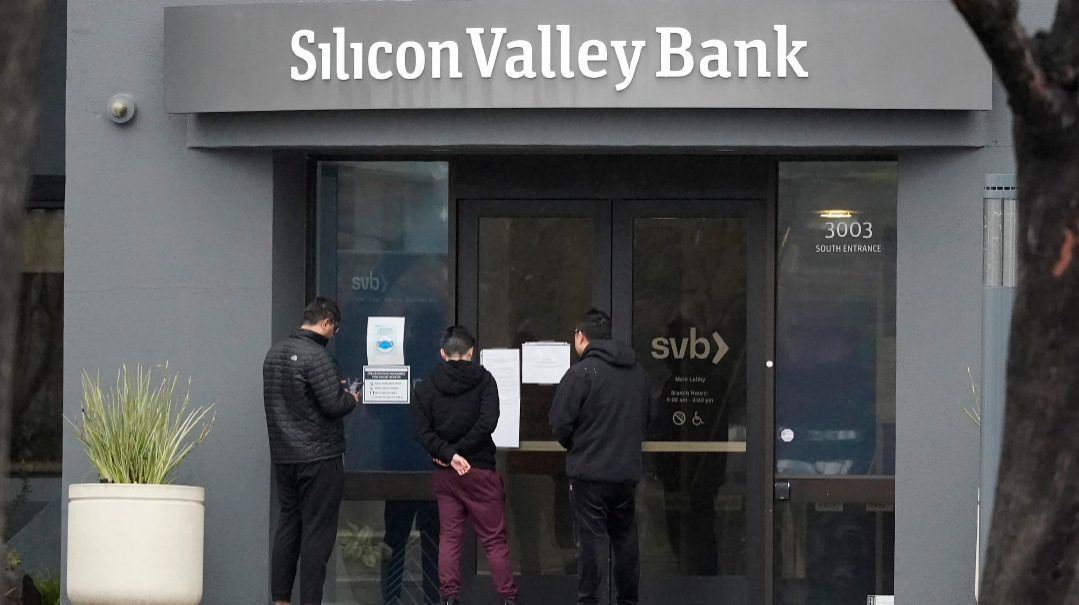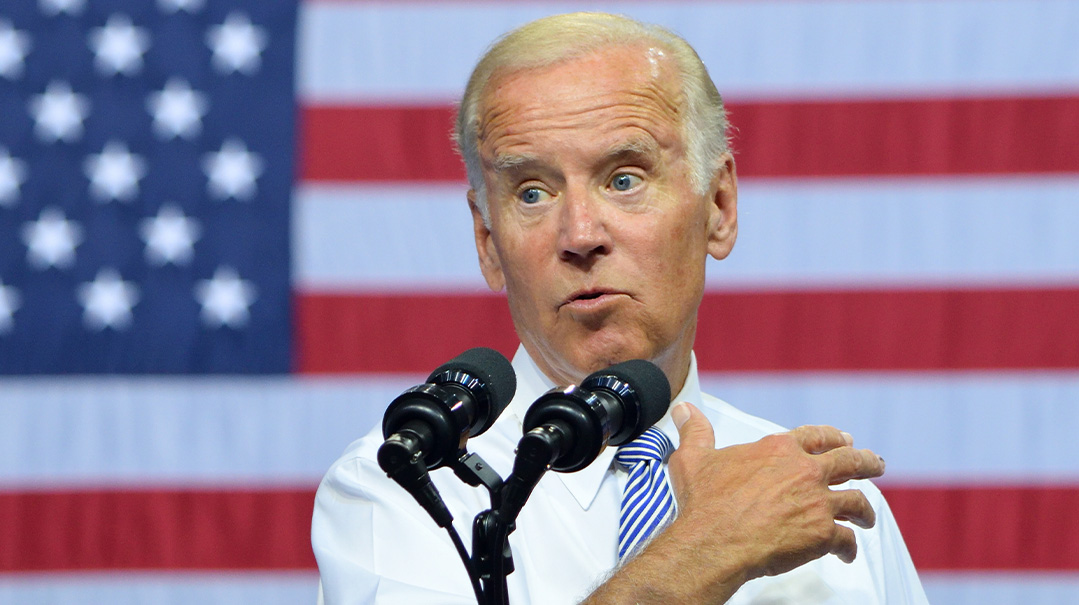US Bank Bailout Stokes Voter Anger

Should taxpayers be on the hook for failing banks? “If Biden loses in 2024, this will be the reason”

S
ome things can usually be taken for granted. If you turn on the kitchen faucet, water will come out; if you go to the bank to withdraw your hard-earned money, it will still be there.
But that latter certainty has been shaken over the past two weeks, with the collapse of Silicon Valley Bank (SVB) raising the specter of the 2008 financial crisis.
Last week, a friend told me that his family in Ohio and West Virginia were fuming over the administration’s decision to bail out SVB and Signature Bank, two banks that catered to the high-tech industry and took unnecessary risks.
“Why did Biden have to save their skins?” he asked. “If Biden loses in 2024, this will be the reason. People in the Midwest are furious about this decision.”
In short, the argument was about whether the federal government should have guaranteed all depositors’ money, or only up to $250,000 per account holder, the current limit. Should an Iowan farmer have to prop up an insolvent bank in California? Or to put it differently, would the administration have intervened if a bank in Iowa had gone under?
On the other hand, some argued that if the administration hadn’t saved SVB, the wealthy would have seen it as a signal that the administration won’t guarantee their money in a crisis, leading them to withdraw their deposits from smaller to larger banks, or even to overseas, thus compounding the domino effect. In other words, it may have been bad PR for the administration to bail out a bank in Silicon Valley, but what was the price of the alternative?
“It was an overreaction to bail out all depositors at Silicon Valley Bank and Signature Bank,” says Cornelius Hurley, adjunct professor at Boston University’s School of Law and director of BU’s Center for Finance, Law, and Policy. “The administration will have a difficult time backtracking when the next bank fails. The preferred option would have been to arrange a modified payout of uninsured depositors.
“In my view, the ‘original sin’ of the United States’ response to the 2008 financial crisis was leaving in place the ‘too big to fail’ banks. That created the inevitability that in a moment of banking stress, such as we are experiencing now, depositors would take refuge in the large banks. I anticipate the continued flight of depositors to the too-big-to-fail banks, with structural consequences for the US banking system.”
Prof. Hurley explains that the structural change he is referring to is consolidation in the banking industry, with bigger institutions taking over smaller ones. “We have too many banks in the US, and the current crisis may be the catalyst for right-sizing the financial system.”
On Wednesday, Treasury Secretary Janet Yellen told the Senate that there were no plans to insure all depositors without Congressional approval. Yellen said the administration had taken a middle course, by creating a new mechanism for lending to insolvent banks in order to stabilize them, thus obviating the need for bailouts.
But some say her statement raises a question whether “this middle course” — which won’t cover every deposit in full — will lead to a snowball of more bank runs.
“The main thing Treasury has to do is clear up the ambiguity Secretary Yellen has created over who is covered by deposit insurance and who is not,” says Prof. Hurley.
Williams College economics professor Ken Kuttner, however, doesn’t expect a massive flight of deposits among consumers, but says businesses might decide differently.
“It will probably be limited to the banks that are known or suspected to be in bad shape — i.e., the ones whose stock prices plummeted,” he says. “Most consumers don’t have deposits in excess of $250,000, so they don’t have to be concerned about this directly. The only concern is that the failure of a bank damages or destroys customer relationships, and so businesses that are used to working with a bank that goes under might have a hard time finding a new source of credit.”
Professor Kuttner does not advocate fully insuring all deposits, as it would reduce market discipline on banks and reduce their incentive to keep ample liquidity on hand. “And you don’t want the government, the Fed, or the FDIC to be on the hook for the deposit-like liabilities of the entire banking system.”
But he concedes that bank runs are highly disruptive; therefore, full insurance of deposits should come at a price. “I’d say that if the federal government were to guarantee all deposits, it should subject banks to much tougher regulation — and enforce it more consistently than it did with SVB.”
Prof. Kuttner defends Secretary Yellen’s “middle course,” citing rising interest rates. “The rising rates are reducing the value of the long-term Treasury securities held by banks, so the Treasury is surely trying to assess banks’ exposure to interest rate risk.”
As far as the possible collapse of additional banks is concerned, Prof. Kuttner says we may be out of the woods, but more detailed analysis is needed.
“My hunch is that the worst is over,” he says. “SVB seems to have been unusual in some respects — not diversified, very heavy reliance on uninsured deposits. To make a more informed judgment, one would want to look closely at the data on banks’ reliance on uninsured deposits.”
(Originally featured in Mishpacha, Issue 955)
Oops! We could not locate your form.







